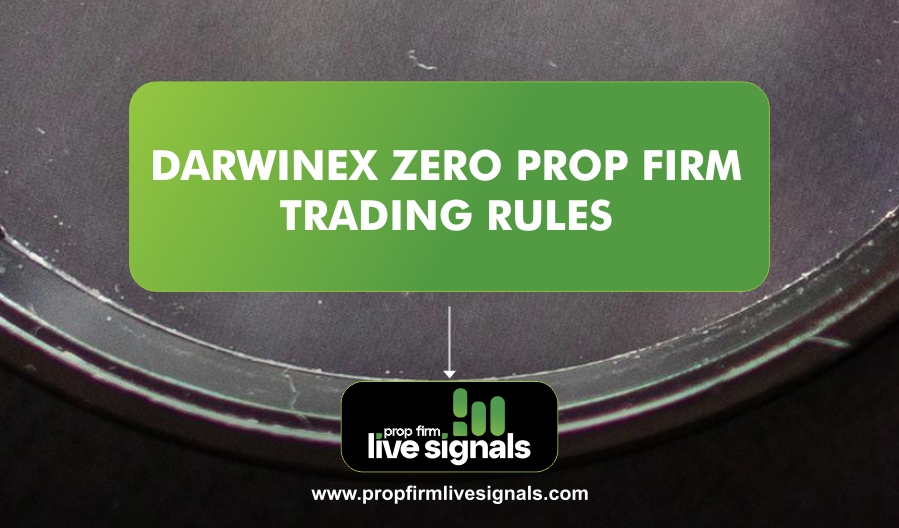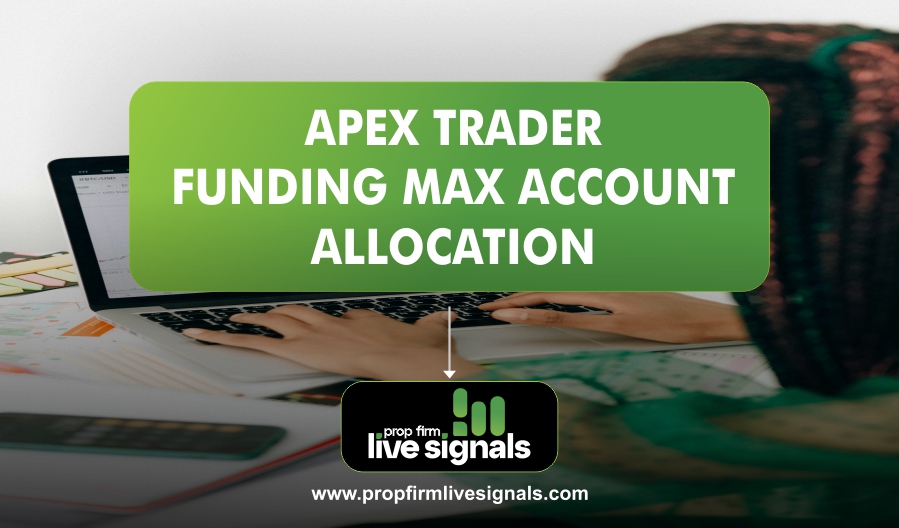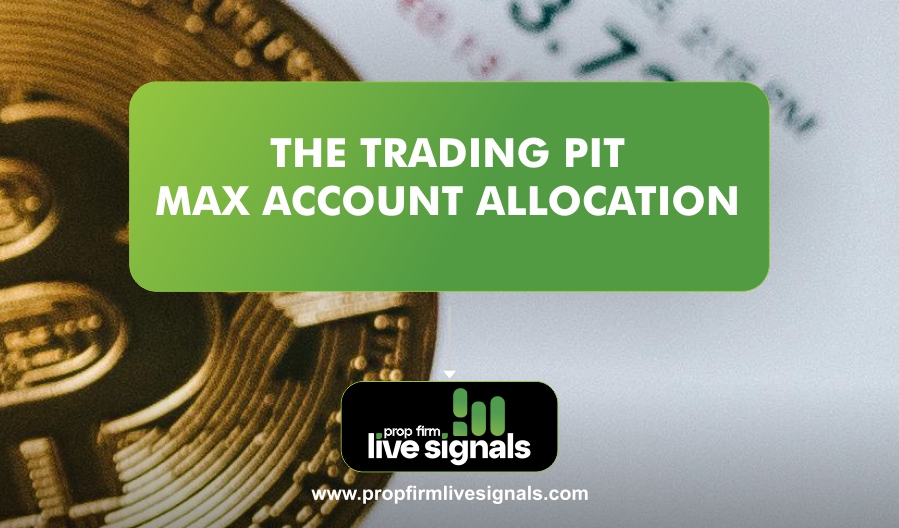But, in order to understand the power of swing trading signals, deep diving into what swing trading is, how signals work, and why they are crucial for prop firm success is called for.
Throughout this article, we will take a look at how swing trading works, how to effectively use swing trading signals, and also how you can utilize those tools in order to pass prop firm evaluations.
Take your trading to the next level through actionable insights and strategies discussed in this guide to succeed in today’s competitive prop trading arena.
What is Swing Trading?
Before going into the details of swing trading signals, it is important to know what swing trading is and why it’s suitable for prop firm evaluations.
Swing trading is a medium-term trading approach whereby one aims to capitalize on price swings in the market. Unlike day trading, which focuses on the short-term movements of the price, swing trading seeks to capture larger price moves over several days to weeks.
Swing traders generally analyze market trends, technical indicators, and chart patterns to identify potential price swings. They often use a combination of both fundamental and technical analysis to make informed trading decisions.
This strategy works well in volatile markets where there is potential for significant price movement, but also requires good risk management practices to protect capital.
Why Swing Trading Signals are Important for Prop Firm Evaluation
The prop firm evaluation process is meant to test a trader’s skill in managing risk, executing trades, and hitting profit targets. As many traders are not able to pass prop firm evaluations, swing trading signals may become an important key to success. Here are some reasons why these signals are so important:
1. Identify High-Probability Trades
The swing trading signals are identified by the patterns and indicators, which pinpoint high-probability setups.
High-probability setups mean that a higher number of such trades will result in profit. That is what is essential to pass the prop firm evaluation. In focusing on high-probability trades, you will have better opportunities to hit your profit targets while keeping your risk manageable.
2. Improve Decision-Making Process
Trading under pressure during evaluation often leads to emotional decisions that almost always result in poor trades. The swing trading signals can help to eliminate a lot of this emotional pressure with clear, objective entry and exit points.
This helps traders follow through with their strategy, prevents overtrading, and helps them make decisions based on technical data instead of emotional impulses.
3. Risk Management
One of the most important factors in passing a prop firm evaluation is effective risk management. Swing trading signals are often accompanied by key risk management tools such as stop losses and take profit targets.
By using these signals, traders can manage their risk more effectively and avoid large losses that can derail their progress during the evaluation period.
4. Time Efficiency
Swing trading signals allow traders to execute trades without needing to watch the markets all day long. For prop firm evaluations, time efficiency is essential.
Traders who are constantly monitoring charts may make hasty decisions or get caught up in short-term market noise. Swing trading signals provide a more structured approach to trading, allowing traders to spend less time on the charts and more time refining their strategy.
5. Consistency
Consistency is a crucial demand of prop firm evaluations. Swing trading, if done correctly, can assure consistent profits by targeting medium-term price movements.
Using good swing trading signals ensures that your trades are based on repeatable patterns, increasing the chances of consistent results over time.
Key Components of Swing Trading Signals
To get the most out of swing trading signals, it is important to understand what goes into these signals. By and large, swing trading signals are a function of some or all of the following:
1. Technical Indicators
The bedrock of most swing trading signals is technical indicators. The more common indicators of swing trading include:
- Moving Averages (MA): This helps to define the trend direction. A moving average crossover, where a short-term MA crosses above a long-term MA, could mean a potential buy opportunity.
- Relative Strength Index (RSI): A momentum oscillator that can also help identify overbought or oversold conditions to signal a potential reversal.
- MACD (Moving Average Convergence Divergence): This trend-following momentum indicator helps identify shifts in market momentum, often indicating potential entry and exit points.
- Stochastic Oscillator: Similar to RSI, the stochastic oscillator helps identify overbought and oversold conditions.
2. Chart Patterns
Swing traders often rely on chart patterns to identify potential price movements. Some of the most common chart patterns include:
- Head and Shoulders: A reversal pattern that signals a trend change.
- Double Top and Bottom: These patterns indicate a potential reversal after a price move.
- Triangles (Symmetrical, Ascending, and Descending): These patterns suggest consolidation, often preceding significant price movement once the pattern is broken.
3. Price Action
Price action: The movement of price on the chart without the use of indicators. Swing traders will analyze price action to determine key levels of support and resistance, candlestick patterns, and other critical price behavior that can help them make better trading decisions. Price action is often combined with technical indicators to form more reliable swing trading signals.
4. Volume
Volume is another crucial element when it comes to the identification of reliable swing trading signals. Changes in volume may be used to confirm a trend or a reversal.
For example, increasing volume during a price breakout is often viewed as a strong continuation signal, while decreasing volume during a trend may indicate a potential reversal.
How to Use Swing Trading Signals for Prop Firm Success
Now that we understand the components of swing trading signals, let’s explore how to effectively use them in the context of passing a prop firm evaluation.
1. Develop a Trading Plan
Before using swing trading signals, you should have a well thought out trading plan. The plan needs to include your risk tolerance, target profit, and particular strategies for entering and exiting trades. A well defined trading plan will help you stay disciplined, manage risk, and ensure you’re trading with purpose.
2. Choose the Right Swing Trading Signals
Not all swing trading signals are created equal. Some will work much better than others depending on your trading style and the market you are in.
You need to test many different indicators and chart patterns to find out which ones will work best for you. Combine technical indicators, chart patterns, and price action signals to have more reliable setups.
3. Backtest Your Strategy
Before you start using the swing trading signals in a live prop firm evaluation, you will have to backtest your strategy. This is where you measure how your signals do across different market conditions.
You could improve your strategy through this step in ways that improve your entry and exit levels to ensure your strategy will be profitable over time.
4. Manage Risk
The most important part about trading in a prop firm involves risk management. Most proprietary firms have very strict drawdown limits, and if not using proper risk management techniques, this can easily lead to one getting disqualified.
Always set stop losses to limit your risk on each trade and ensure your position size is appropriate for your account size. Never risk more than a small percentage of your total account balance on any single trade.
5. Stay Disciplined
Passing a prop firm evaluation requires discipline. Stay with your strategy, do not make emotional decisions, and trust the swing trading signals.
If you feel like deviating from your plan, take a step back and reassess. Remember, consistency is more important than trying to force trades.
Want to take your trading to the next level?
Take advantage of our LiveSignals, your go to resource for dependable, real-time trading signals, you can eliminate uncertainty from trading.
Propfirmlivesignals is the answer to your constant success in the markets!
You will always be on top of your game with expert analysis and real-time updates. Never let this chance slip away to supercharge your trading journey.
More Info Click here.
Frequently Asked Questions (FAQs)
Can I use swing trading signals on any trading platform?
- Yes, most of the trading platforms that allow technical indicators and chart analysis will be able to use swing trading signals. Popular platforms like MT4, MT5, and TradingView are ideal to implement these swing trading signals.
How do I know the best swing trading signals?
- The best swing trading signals usually arise from the combination of technical indicators, chart patterns, and price action analysis. Moving averages (MA), RSI, and MACD are among the widely used indications in swing trading. You could work out a strategy based on the most reliable signals arising after backtesting and refinement, looking into the historical performance of the same.
What is the role of risk management when using swing trading signals for prop firm evaluations?
- If one decides to trade with swing trading signals, risk management is key. Prop firms typically have very strict drawdown limits, and a trader needs to be very mindful of the risk to avoid losing his evaluation account. One should always set stop-loss orders, correctly size positions, and never risk more than a small percentage of one’s account balance on a single trade.
Can swing trading be profitable in prop firm evaluations?
- Yes, swing trading can be very profitable in prop firm evaluations if done right. A reliable swing trading signal applied together with disciplined risk management would translate into consistent profits over a period of time. So most prop firm evaluations award one on the basis of ‘Consistent, risk-controlled profitability’, which exactly was your aim for swing trading in general.
What is the best time frame for swing trading signals?
- Swing trading signals work best on medium-term time frames, such as 4-hour charts, daily charts, or weekly charts. This allows traders to capture larger price moves while avoiding the noise and short-term fluctuations seen in lower time frames.
How can I combine swing trading signals with other strategies for better results?
- To further improve the efficiency of swing trading signals, combine them with other techniques, such as trend-following or support and resistance levels. You can also use a multi-indicator approach wherein several signals confirm each other for a higher chance of success in a trade. You may want to use a moving average crossover in combination with an RSI confirmation to make a more confident trade decision.
Will swing trading signals work in all markets?
- Yes, you can adapt swing trading signals to virtually any financial market, whether it be Forex, stocks, commodities, or cryptocurrencies. However, there is variation in the performance of those signals depending on the situations and volatility in the markets. You will have to tailor your strategy according to the market you trade.




